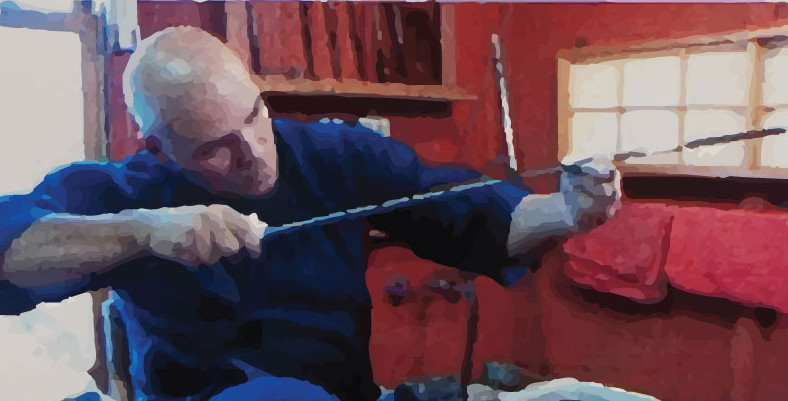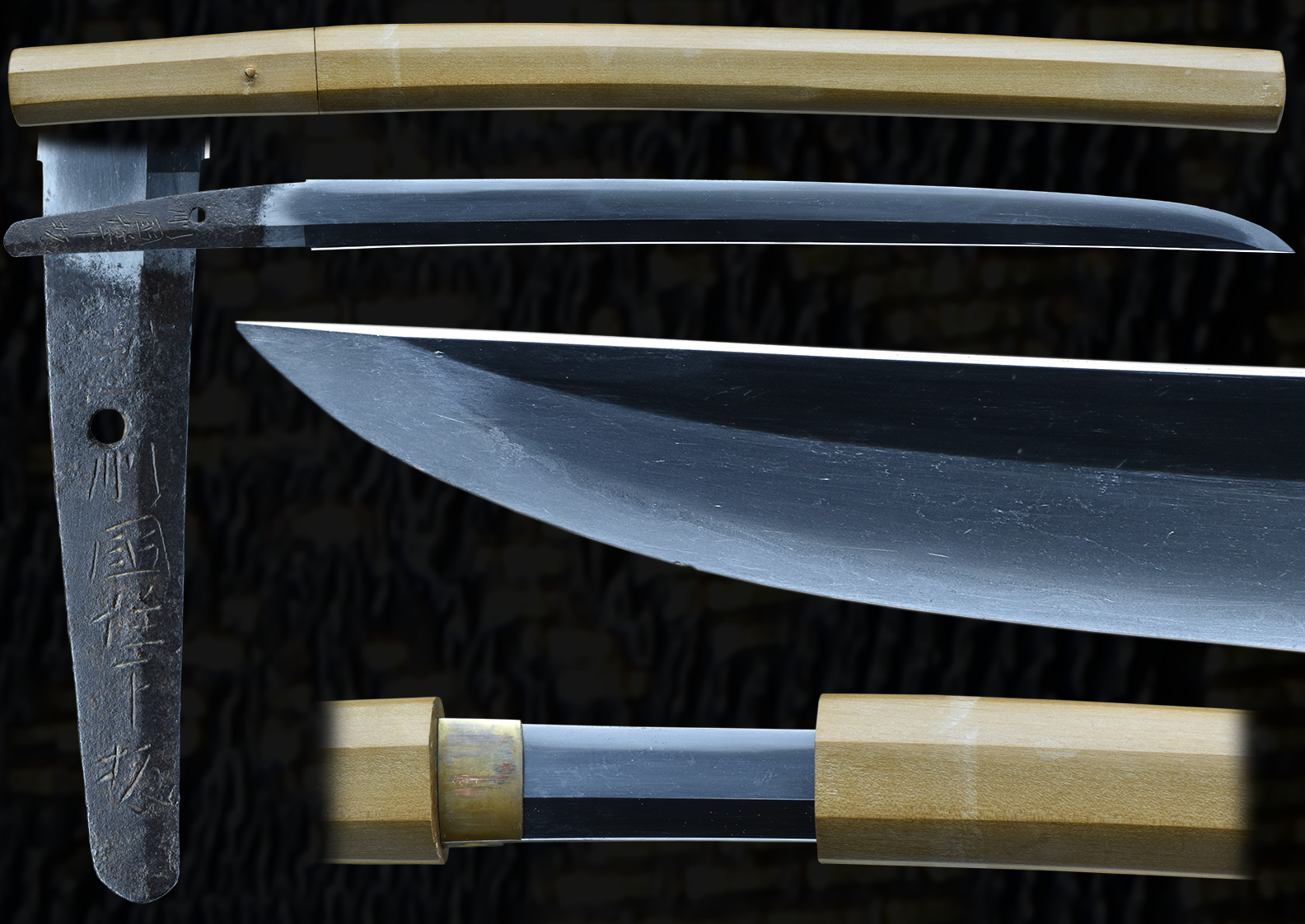
by Moses Becerra | Jun 1, 2024
SHIMOSAKA WAKAZASHI (fss-942) New Item Available Sold On Hold Special Sale This blade was forged by one of Shimosaka swordsmiths in the early Edo period. The founder of Shimosaka school was the first-generation Yasutsugu. It was initially founded in Shimosaka town in...
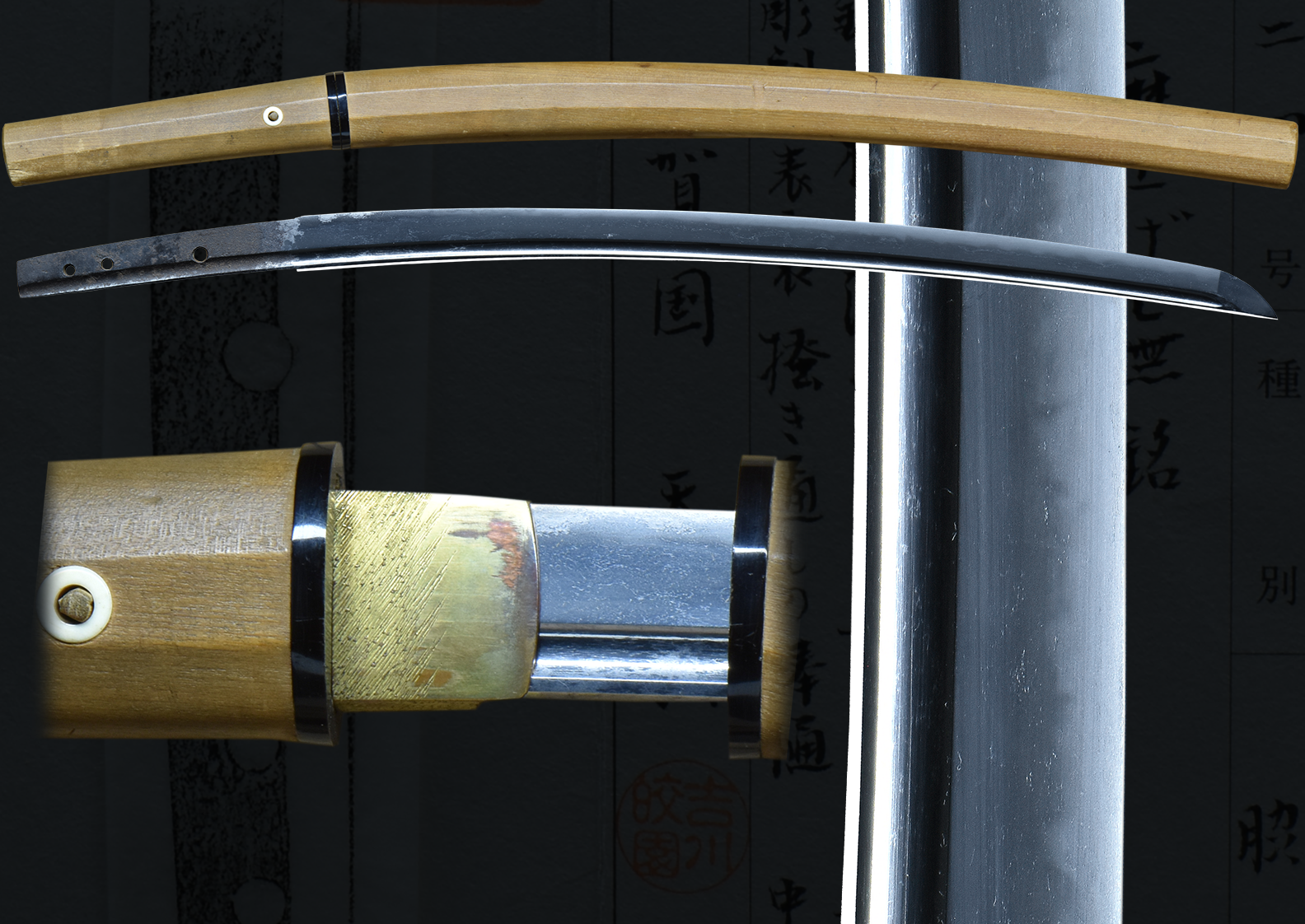
by Moses Becerra | Jun 1, 2024
FUJISHIMA SCHOOL WAKAZASHI (fss-940) New Item Available Sold On Hold Special Sale This is a FUJISHIMA school sword from KAGA Provence. It was made in the koto era tradition back in the Tensho era (1573-1592). It is a gunome-midare based in suguha that was attributed...
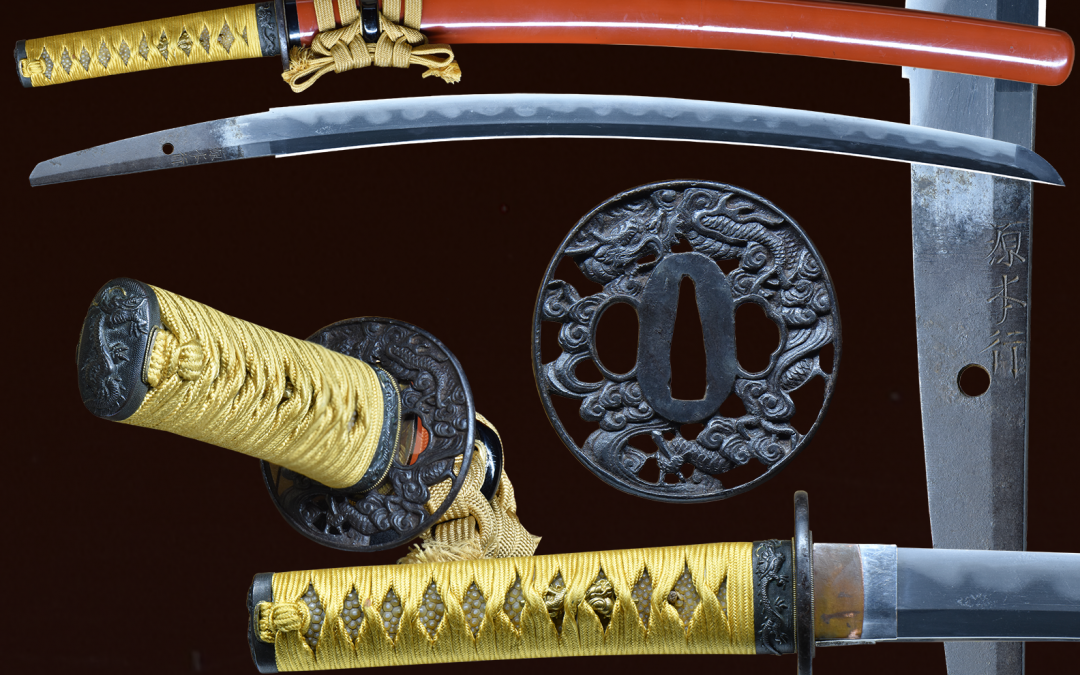
by Moses Becerra | Aug 16, 2023
MINAMOTO MOTOYUKI (fss-932) New Item Available Sold On Hold Special Sale Antique Japanese Sword Signed by Motoyuki with Tokubetsu Hozon Certificate Fujishiro’s book: MOTOYUKI MATSUBA [TENNA 1681 BUNGO] SHINTÔ CHÛJÔSAKU He is called Bungo Yukihira no Gosai, he...
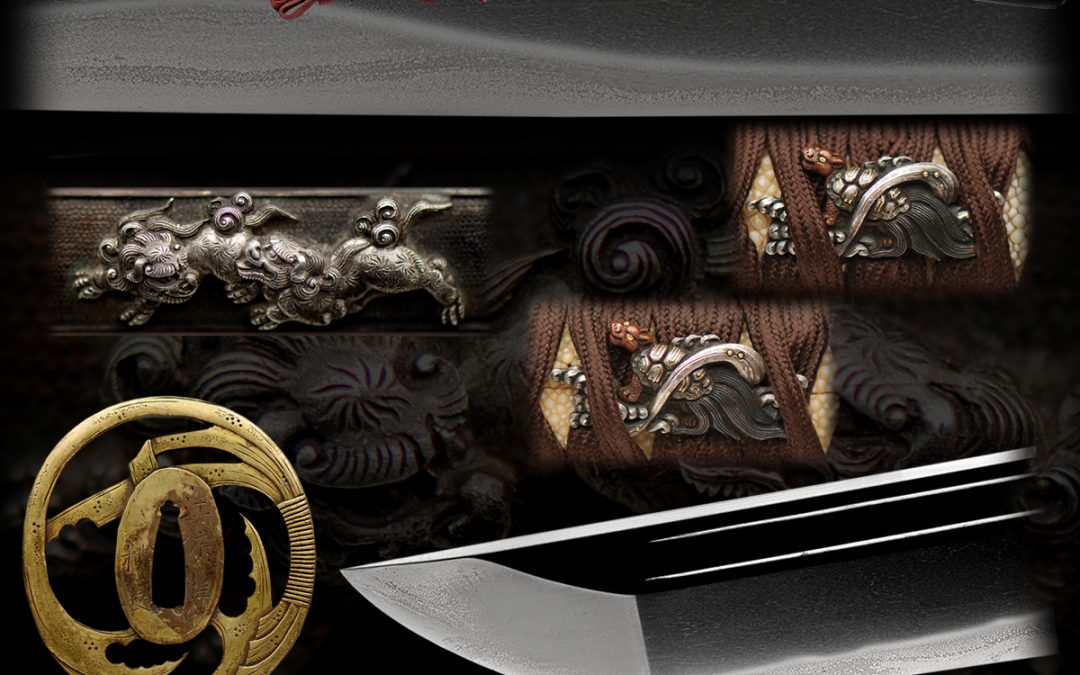
by Moses Becerra | Jul 5, 2023
Koto Mihara (fss-924) New Item Available Sold On Hold Special Sale A well made koto blade of the Mihara school. This blade is believed to be from the Tenmon era of thev 16thcentury. The hada is a beautiful Itame nagare with mokume and much ji-nie....






